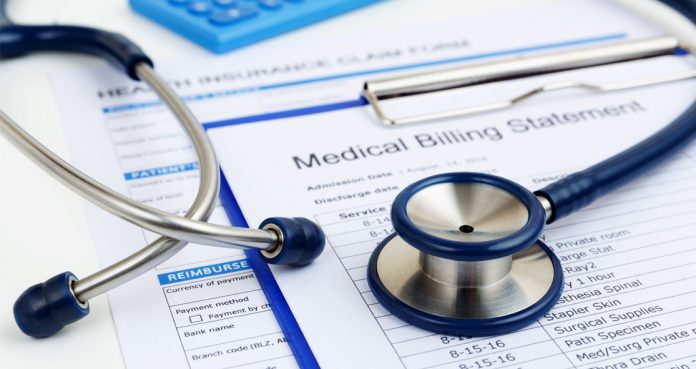The Trump Administration is considering whether to make hospitals to disclose the prices that they charge insurance companies for medical care, procedures, and services. They might have to reveal the actual prices that are often negotiated in person and kept confidential.
The U.S. Department of Health and Human Services (HHS) aims to boost the competition and bring down the costs by allowing consumers to know for what service they are paying. However, health economists opine that transparency is not the ultimate solution and may not actually reduce costs.
The HHS raised two questions about publicizing the privately negotiated and confidential prices into a 187-page provisional rule that was released earlier this month.
The department argues in its proposed rule stating, “The availability of price information could help increase competition that is based on the quality and value of the services patients receive. The Department is considering subsequent rule-making to expand access to price information for the public, prospective patients, plan sponsors and health care providers.”
Zack Cooper, the Associate Professor of Public Health and of Economics at Yale University, explained he is cynical this particular attempt to bringing price transparency would reduce the cost on the overall health care.
The health economist said, “Most consumers don’t look at the price of health care services before they access care. So I think we need to understand that most folks are not going to, all of sudden, go Googling hospital prices and then make big changes as to where they [go for] care.”
Still, his research suggests that HHS is going in the right direction.
He published a paper last month in Health Affairs, in which he has analyzed the prices that are negotiated between hospitals and insurers. After evaluating the data, he found that health-care inflation came due to rising prices from hospital care and services.
Copper said, “By and large, physician prices haven’t gone up in the last 10 years. In contrast, we’ve seen pretty remarkable growth — on the order of 5 percent per year — in hospital prices. Those high prices end up in insurance premiums, which have also been rising.”
However, the American Hospital Association (AHA) has been opposing to make their privately negotiated prices in public.
Tom Nickels, the AHA executive vice president, said, “This isn’t really what consumers need or want. What consumers need and want is ‘What are their out-of-pocket costs?’”
It is estimated that nearly 60 percent of people, who are covered under the employer-sponsored health insurance, carry plans with over $1,000 deductibles, meaning more and more people have to face the high health-care charges for hospital visits. Additionally, it has been found that patients often complain of surprise bills they get after hospitalization.
Congress has already been considering bills to look after such surprise billing practices.
Nickels explained that there is no need for consumers to see the prices hospitals ask from insurance companies, just like they do not need to see what grocery stores pay for cases of Coca-Cola.
Looking at the people’s comments posted on the site regulations.gov, they do not agree with Nickels.
The HHS has argued in its proposal that the complexity and opaque pricing in health care system has been making the system less efficient, hurting patients’ health.
Nickels has argued that revealing the privately negotiated prices would actually bring down the competition. He questions whether that would be legal. He said, “We have a system that basically allows people to have private contracts between each other in an economy.”
For the past few months, Alex Azar, the HHS Secretary, has proposed several guidelines to bring transparency in drug prices and to change the system for secretly negotiating those prices. The agency also wants to upend the system for pricing prescription drugs, which people buy at their local drugstore.
Sara Fisher Ellison, a health economist at MIT, is quite pessimistic that these proposals will bring down the costs as far as the prescription drug market is concerned. She said, “They’re trying to, around the edges, improve the function of the market. But to be honest they probably missed the mark. That’s because the market for pharmaceuticals is not like a standard market.”
She explained that the problem is consumers do not have the authority to switch to a competitor’s product if a particular prescription drug they are using has a high price. Ellison said, “In pharmaceuticals, the end consumer — the patient — is not the only decision maker, and in fact is often not even the most important decision maker.” In fact, she explained that the insurers and the physicians decide what drugs a patient is predicted and what hospital a patient visits. And they are the ones who have already negotiated the prices.






















